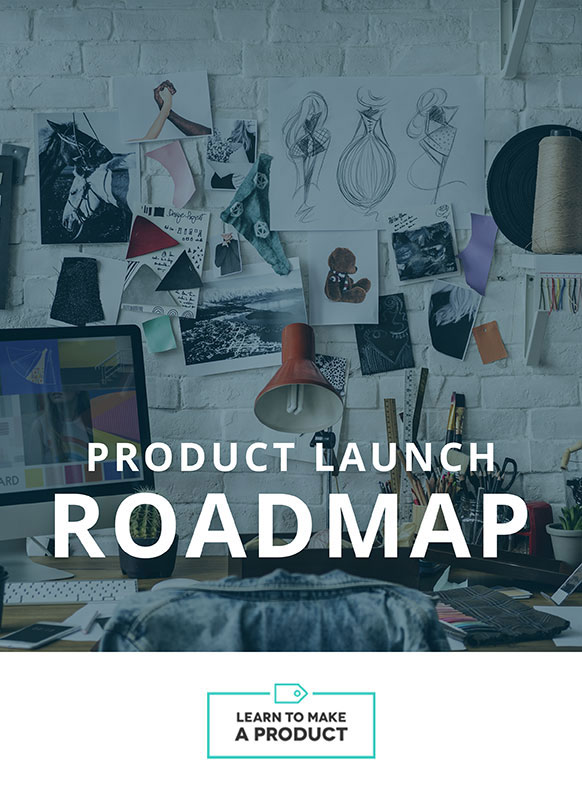This article originally appeared on our Forbes blog
Entrepreneurship has a bad rap for being risky, stressful, and isolating. And rightly so! I work intimately with founders and small businesspeople, and I’m constantly reminded that behind every creative and innovative venture are humans grappling with frustration, fear of failure, unrealistic expectations, and self-criticism. While bypassing these difficult feelings is unlikely, it is possible to draw wisdom and strength from the challenges of entrepreneurship. After all, from great struggle comes even greater growth.
Here are three reasons I’m grateful for the hard parts of being an entrepreneur.
If It Was Easy, Everyone Would Do It
This is a reminder I find helpful when going through a tough time, or when I need the motivation to push through a labor-intensive project. Why? Because creating and delivering a product or service is challenging enough on its own; if it were easy there would be more competitors vying for your potential customers!
I recently had to create 100 pages of written content for a visual guidebook about manufacturing. (It was as fun as it sounds.) Every time the “finished” product was ready for review, our team would find an important addition or revision, usually requiring the entire design layout be adjusted. This went on for months! But the process made me acutely aware of the creative and financial investment required to develop a truly useful resource, and thus clearer on our competitive advantage and value proposition.
If what you offer takes little risk or effort to imitate, you’ll quickly be surrounded by other players in your space. It requires significant effort and stamina to build something brick by brick, but the upside is that there’s less of a crowd!
Losing Money Is A Great Teacher
You can ace b-school, read lots of business books, and hire the best consultants, but as with most things, there’s no better teacher than real life. Until money is on the line, everything you’ve learned remains theoretical. The sting of actual, tangible loss is what produces your most profound lessons, and if you’re willing to examine these failures, you can gain lasting wisdom.
During my early years as an entrepreneur, I developed a habit of keeping a “money mistakes” journal. Every time our company made an expensive misstep–such as a production run filled with defects, or a marketing investment with no ROI–I recorded three things: a description of the event, how much money we lost, and what, in hindsight, could have been done to prevent it.
Evaluating each mistake helped me uncover unhealthy patterns (such as dismissing my gut instinct about a person or project) and ultimately make wiser, more savvy investments as time went along. While tallying up losses doesn’t exactly feel amazing, the lessons learned are here to stay.
Being Discouraged Can Build You Up
In my bleakest, most vulnerable moments, I’ve had to confront how I choose to view myself when I’m not measuring up to outside metrics of success. Making the decision to believe in your own worth after a failure or disappointment is challenging; however, the result is true, unshakeable confidence that remains with you through all of life’s challenges.
You might lose money or customers or a sense of status during your adventures, but the sense of self you develop is yours to keep. This is the real entrepreneurial gold! And for me it’s what makes the journey worth taking, even when things are hard.
